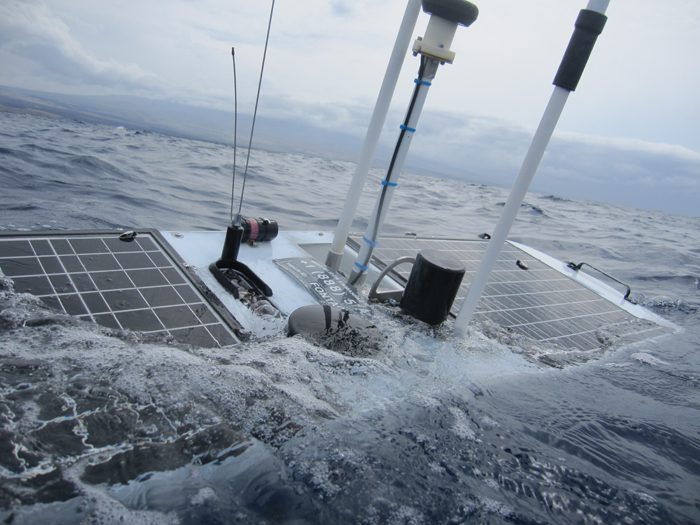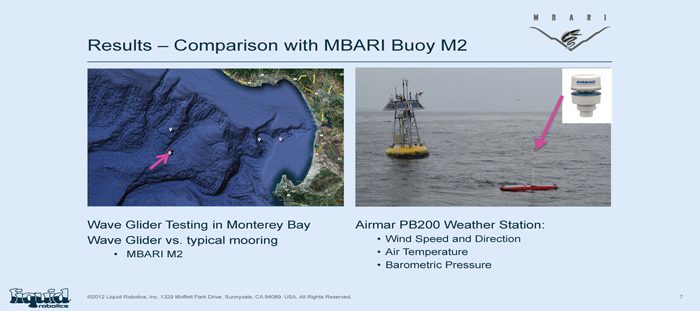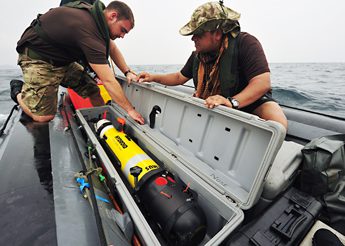Oceanographic Future Possibilities
Oceanographic Future Possibilities
– By Mark Musarra, UVS General Manager Offshore Oil & Gas
Retrieving ocean data is typically hampered by the obvious remoteness of most points of the ocean. In Australia there is an additional challenge because even with the proximity of land, remoteness is not diminished in areas like the North West Shelf and Gulf of Carpentaria. Deployment of offshore moorings and data collection platforms currently necessitates either a fixed surface presence for data transmission via satellite, data network or similar for retrieval of data. The alternative is to physically attend the location, retrieve the data monitoring system, and download data that has been captured.
Both scenarios involve ongoing expenses or have limitations in their flexibility, for example a surface buoy is required at each location.
Thinking into the future, and recognising the emerging technologies that are currently on offer, the way this data is collected could be very different in years to come.
Data collection systems would remain essentially the same, with any predicted advances logically to do with higher resolution or sensor availability. It is the data that is stored that then needs to be retrieved. The Liquid Robotics Wave Glider provides an unmanned and unpowered platform which does provide real possibilities. Coupled with underwater acoustic communication technology, currently available from Teledyne Benthos, with subsea modems giving effective operating ranges of over 2000m, this data could be retrieved by unmanned missions, presenting results back at the office in real-time.
For each mooring or data platform, the addition of a subsea acoustic modem would provide this functionality. A Wave Glider, fitted with an acoustic receiver as a minimum payload would be either pre-programmed, or piloted remotely from the office desktop, to visit any number of sites, GPS located, to wake-up the subsea modem, and retrieve the collected data. Using satellite technology, the data collected can be viewed real-time, or stored locally and retrieved at a later time by piloting the Wave Glider into an area with local communication coverage. The use of multiple Wave Gliders, working in unison in fleet mode, would provide even further functionally and possibilities.
With such a hands off systems, power source available to the moorings or data collection platforms becomes an issue, as the elimination of any surface presence leaves solar power option wanting. It is not inconceivable that into the future, Autonomous Underwater Vehicles may be equipped with power payloads to provide either docking station or inductive battery re-charging or physical change out of battery pods.
 |
| Wave Glider “Fontaine Maru” at Hawaii on its 7,000nm crossing of the Pacific Ocean
|
 |
| Comparisons between Wave Gliders and Moorings show excellent data correlation
|




